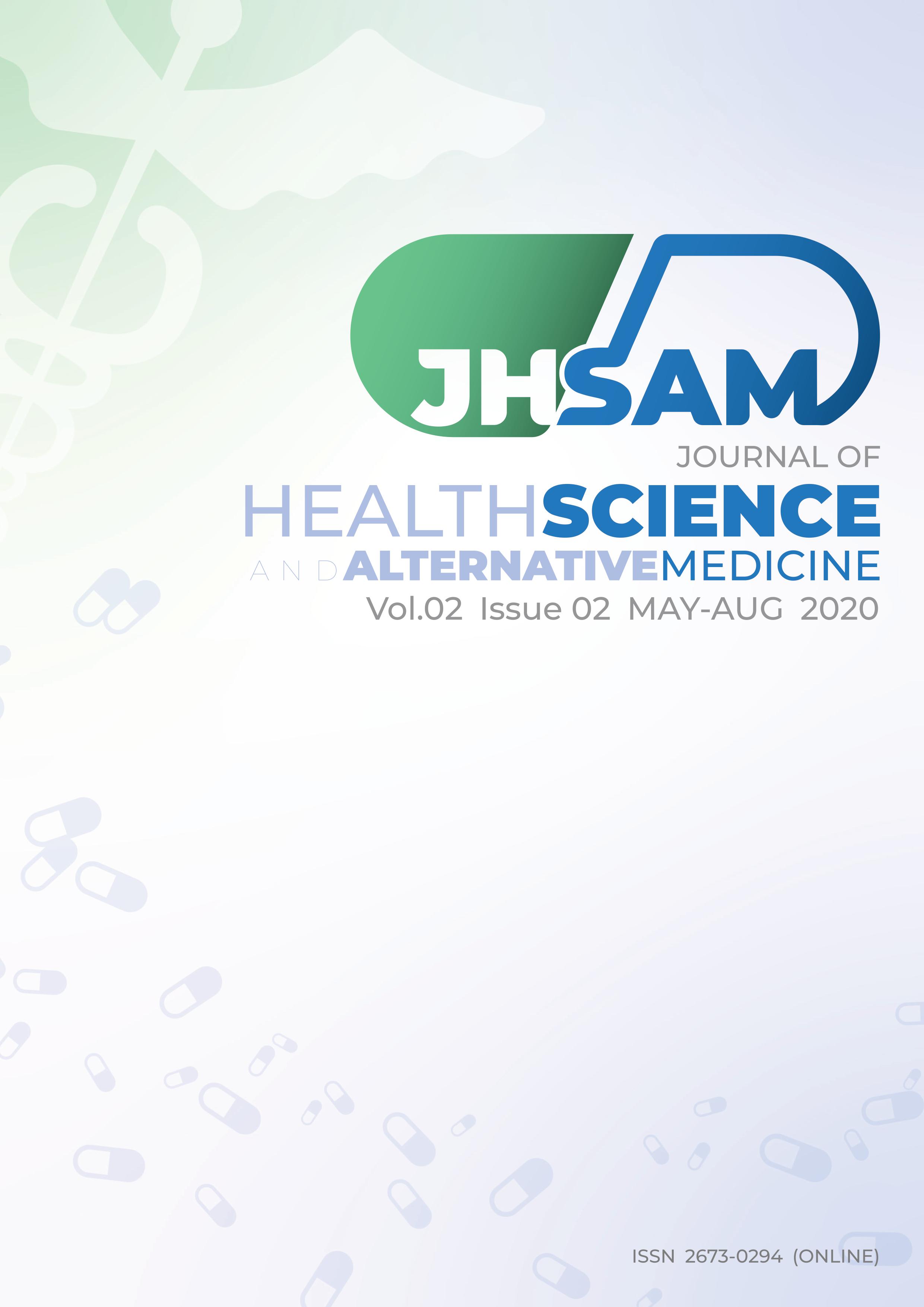Prevalence and Factor Associated with Falling Among Older Adults in Ban Den San Sai Village, Thung Ko Sub-district, Wiang Chiang Rung District, Chiang Rai Province, Thailand
Main Article Content
Abstract
Background: Falling is an important cause of morbidity and disability among the elderly. Objective: The study aimed to estimate prevalence of and determine factors associated with fall among older adults in Ban Den San Sai Village, Thung Ko Sub-District, Wiang Chiang Rung District, Chiang Rai Province, Thailand. Methods: An analytic cross-sectional study was conducted. The study setting was Ban Den San Sai Village, Chiang Rai Province. Data were collected between February and April 2020. The general and socio-demographic information were collected by using a validated questionnaire. Chi-square was used to detect the associations between variables at the significant level of a=0.05. Results: Seventy older adults aged 60 years or above participated the study; 52.8% were female, 68.6% had no partner. The prevalence of fall in the past six months was 14.2%. Only those who were no-working was found to be associated with fall (p-vlaue=0.001). Conclusion: Older adults who do not work need to be given the program of fall prevention.
Article Details
JHSAM publishes all articles in full open access, meaning unlimited use and reuse of articles with appropriate credit to the authors.
All our articles are published under a Creative Commons "CC-BY-NC-ND 4.0". License which permits use, distribution and reproduction in any medium,
provided that the original work is properly cited and is used for noncommercial purposes.
References
[2] Stalenhoef PA, Diederiks JP, Knottnerus JA, Kester AD, Crebolder HF. A risk model for the prediction of recurrent falls in community-dwelling elderly: a prospective cohort study. Journal of clinical epidemiology. 2002 Nov 1;55(11):1088-94.
[3] Gang L, Sufang J, Ying S. The incidence status on injury of the community-dwelling elderly in Beijing. Chi J Prev Med. 2006;40(1):37.
[4] Yoshida H, Kim H. Frequency of falls and their prevention. Clinical calcium. 2006 Sep;16(9):1444-50.
[5] Reyes-Ortiz CA, Al Snih S, Markides KS. Falls among elderly persons in Latin America and the Caribbean and among elderly Mexican-Americans. Revista panamericana de salud pública. 2005;17:362-9.
[6] Department of health. Fall Forecast Report for Older Adults (aged 60 years and over) in Thailand, 2017 – 2021:1-8.
[7] Kawee L. (2012). Top 10 province ranking of falling in older adults mortality rate in Thailand 2008-2012. Department of health.
[8] Community health survey. 2020. Field training 2. Public health Program. Mae Fah Luang University.
[9] Rongmueng, D ., Nakchattree, C., Thongdee, J., & Somboon, J. Incidence and Factors Associated with Fall among the Community-Dwelling Elderly, Suratthani. JOURNAL OF PHRAPOKKLAO NURSING COLLEGE. 2016;27:123-38.
[10] Yokoya T, Demura S, Sato S. Relationships between physical activity, ADL capability and fall risk in community-dwelling Japanese elderly population. Environmental health and preventive medicine. 2007 Jan 1;12(1):25.
[11] Spirduso WW, Gilliam-MacRae P. Physical activity and quality of life in the frail elderly. In The concept and measurement of quality of life in the frail elderly 1991 Jan 1 (pp. 226-255). Academic Press.
[12] Shumway-Cook A, Woollacott MH: Motor Control: Theory and Practical Applications. 2001, Philadelphia, Williams and Wilkins.

